Why wait commuter air carriers, air tour operators, air ambulance services, and on-demand charters, among others flying under Part 135? You can implement the NTSB ideas NOW!!!

The focus of this blog is an AIN review of a recommendation that the FAA “REQUIRE that Part 135 operations use certified flight dispatchers, expand the load manifest requirements to single-pilot operations, improve data collection, and mandate flight data monitoring programs.” This list derives from an NTSB analysis of detailed information from 500 Part 135 accidents. These ideas are subject to the Administrative Procedure Act BEFORE THEY CAN BE MANDATED, but the weight of the Board’s information might well ENCOURAGE THE RELEVANT AIRLINES TO ACT IMMEDIATELY.
The National Transportation Safety Board(NTSB) is the statutorily designated advocate for SAFETY in all transportation modes. Much to its credit, its past recommendations have added to the level of aviation safety, in particular, the Board called for the FAA and industry to adopt SAFETY MANAGEMENT SYSTEMS for years. As SMS is being across the US aviation sector as a potent safety too, its value has been recognized by all.
What this discipline has shown, thanks to the Board, the robust collection of operational, equipment and human performance created a powerful data base. Those numbers, SMS’ associated analytical evaluation, the collaborative preventive solution search and immediate implementation all have contributed to an exemplary US safety record.
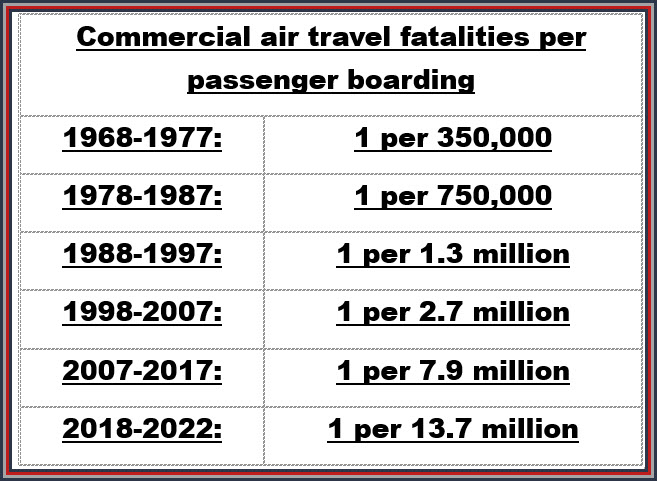
The current list, the Board reports, reflects the lessons “116 fatal accidents and 460 fatal accidents under specific Part 135 flights,” and then made the following relevant comment:

That describes the intended product of SMS, TO IDENTIFY YOUR COMPANY’S UNIQUE RISKS AND TO ACT IMMEDIATELY. The airline industry, through SMS, has more individuation, that is, IMMEDIATELY implementing of approaches to anticipate and diminish each company’s risks. The involvement of the multi-disciplinary risk management team, the contributions from a variety of disciplines (not all with safety in their titles) and the joint design of appropriate remedial action contribute to buy-in across all elements of the company – the polynucleotides of Aviation Safety DNA.
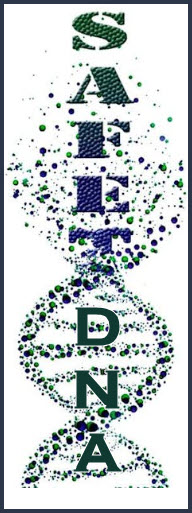
Rather than trusting the operators to implement the Board’s recommendations, their solutions would apply to all operators without regard to their individual circumstances—
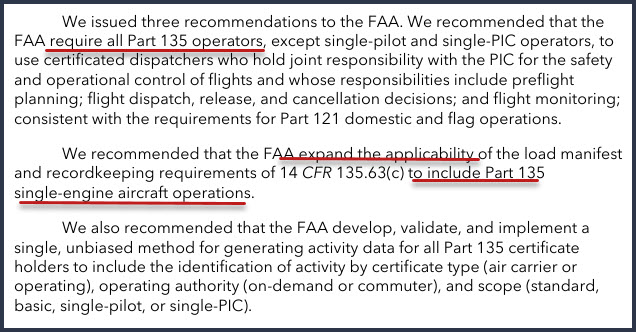
This is not to diminish the benefits of these points; each may contribute to your airline’s safety NOW. Waiting for a final rule to work through the FAA, DOT, OMB and beyond unnecessarily delays what can be done with people experienced with voluntary SMS work.


NTSB Calls for Certified Dispatchers, Expanded Manifests in Part 135
NTSB’s new safety report explored more than 500 Part 135 accidents
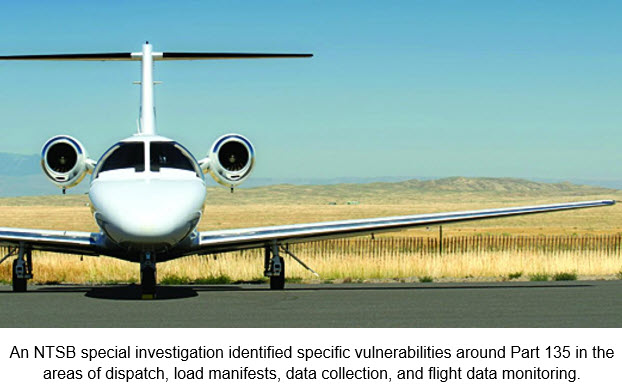
By Kerry Lynch • Editor, AIN monthly magazine
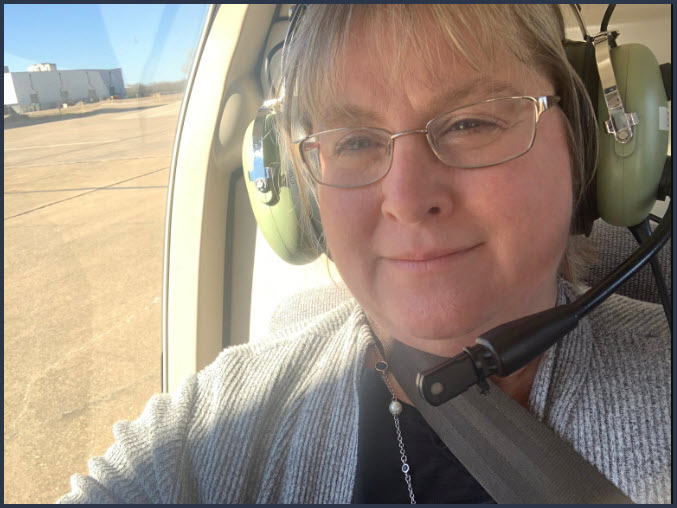
August 13, 2024
The NTSB is calling for the FAA to require that Part 135 operations USE CERTIFIED FLIGHT DISPATCHERS, EXPAND THE LOAD MANIFEST REQUIREMENTS TO SINGLE-PILOT OPERATIONS, IMPROVE DATA COLLECTION, and MANDATE FLIGHT DATA MONITORING PROGRAMS. These were among a handful of new and reiterated recommendations that the NTSB made as a result of a special investigation it conducted into 116 FATAL and 460 NONFATAL ACCIDENTS from 2010 to 2022 involving commuter air carriers, air tour operators, air ambulance services, and on-demand charters, among others flying under Part 135.
Launching the investigation in 2022 “after a cluster of safety issues emerged” from recent Part 135 accidents, the NTSB said it identified vulnerabilities in several areas. These included unsafe loading conditions, a lack of certificated dispatchers for some operations, and a need for flight data monitoring.
Part 135 operations historically have higher accident rates than Part 121, the NTSB noted in its recently released Special Investigation Report AIR-24-03, Safety and Industry Data Improvements for Part 135 Operations. “However, the DIVERSE MISSION DEMANDS some segment of the Part 135 industry may inherently involve UNIQUE RISKS that typically do not exist for Part 121 operations,” the board said. “Closing the safety gap for these segments of part 135 must involve targeted solutions that effectively mitigate unique risks without hindering operators’ ability to provide their services.”
The NTSB identified a dozen accidents that involved operational control or flight-locating deficiencies and resulted in 45 fatalities and 13 serious injuries. “These deficiencies could all be addressed through the required use of certificated dispatchers.”
Defined operational control responsibilities, standardized certification criteria and training, and competency checks of the dispatchers would ensure that they effectively support pilots with preflight and in-flight decision making, the agency maintained, and recommended that the FAA required Part 135 operators, except single-pilot and single-pilot-in-command (PIC) operators, to use CERTIFIED DISPATCHERS who share responsibility with the PIC for the safety and operational control of flights.

Five more accidents involved single-engine aircraft with weight and balance issues, resulting in 11 fatalities and six serious injuries. “These accidents suggest persistent, systemic operational pressures or deficiencies related to single-engine aircraft loading,” the NTSB said. “Requiring load manifests and record-keeping for single-engine aircraft operated under Part 135 would not only help pilots detect and correct unsafe loading conditions but also provide operators and FAA inspectors the information needed to support proactive, comprehensive assessments to identify any related operational risk areas.”
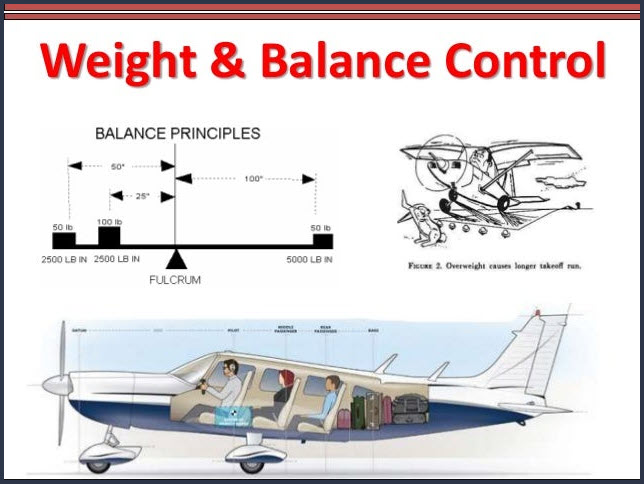
As such, NTSB recommended the FAA expand the applicability of load manifest and recordkeeping requirements to include Part 135 single-engine aircraft operations.
Other accidents reinforced the NTSB’s belief that Part 135 operators should establish flight data monitoring programs and install recording devices to support them. The agency already recommended such programs in 2016 and noted that they can support safety management systems (SMS). This led the agency to reiterate its flight data recording and flight data monitoring recommendations.
The agency further noted additional accidents underscore the need for SMS, but recognized that the FAA has issued a rule with such a requirement and has responded to the safety board’s recommendation for guidance to help small operators appropriately scale such programs.
Another concern that the NTSB identified was the need for improved data collection and reporting methods. “We found that neither the accident and incident data without our database nor the flight activity data compiled by the FAA could fully support a comprehensive assessment of the safety of the Part 135 industry,” the agency said, recommending that the FAA develop a single method for generating activity data that identifies the activity of the operator, the operating authority, and scope (for example, standard, basic, single-pilot, or single PIC).
